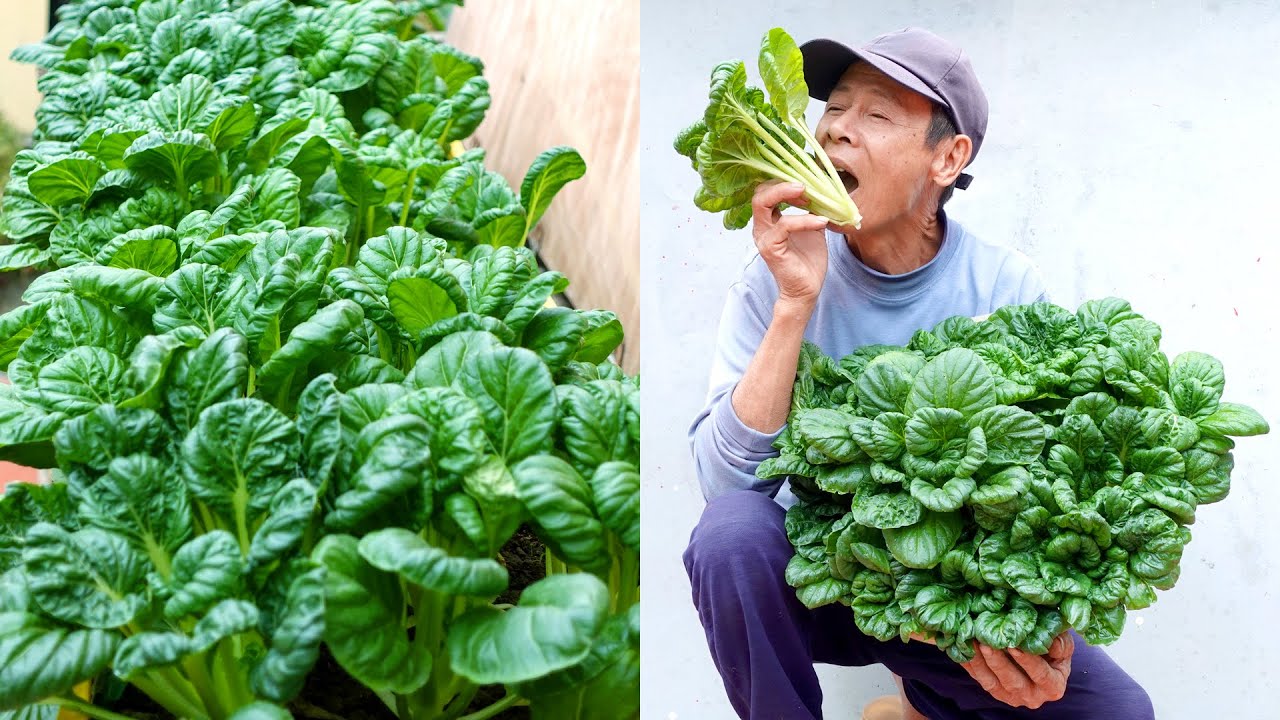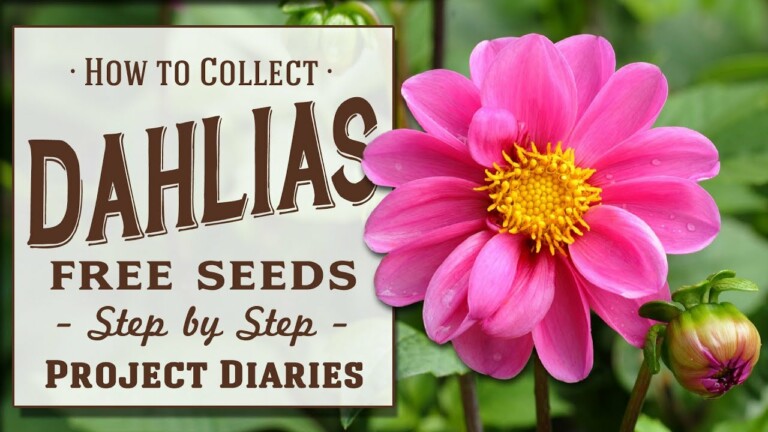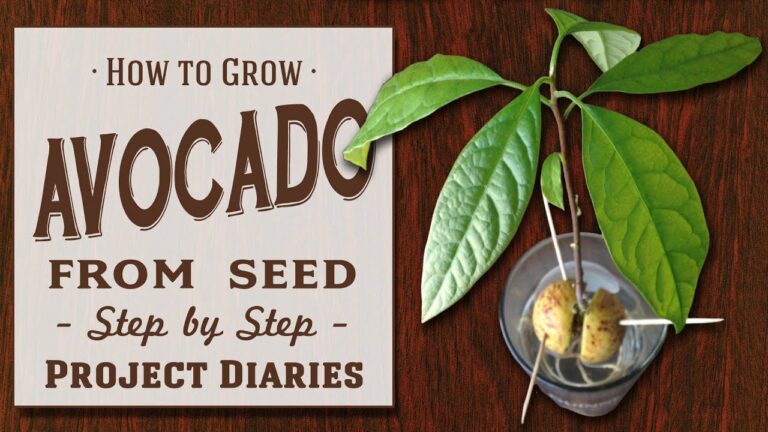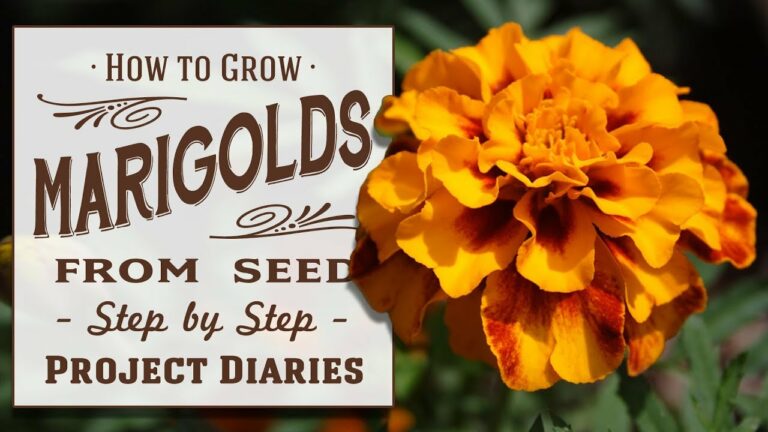★ 5 Edible Companion Flowers (Growing, Benefits & Serving Ideas)
Welcome to our blog post, where we explore the fascinating world of edible companion flowers! Join us as we delve into the topic, discussing how to grow these beautiful blooms, their benefits, and some creative serving ideas. Discover the perfect harmony between aesthetics and taste, as we uncover the wonders of incorporating these 5 edible companion flowers into your culinary adventures. Let’s get started!
5 Edible Companion Flowers (Growing, Benefits & Serving Ideas)
Introduction
As gardening enthusiasts, we understand the joy of growing beautiful flowers in our gardens. But did you know that some of these flowers can do more than just add aesthetic appeal? Edible companion flowers not only enhance the beauty of your garden but also offer a range of benefits for garnishing, cooking, and serving. In this article, we will explore five edible companion flowers, their growing requirements, benefits, and creative ideas for serving them.
1. Nasturtiums: Colorful and Flavorful
Nasturtiums, with their vibrant blooms and peppery taste, are a popular choice among gardeners. These flowers attract pollinators such as bees and butterflies, making them a valuable addition to any garden. Nasturtium flowers can be added to salads to bring a burst of color and flavor. Additionally, they can be pickled for a unique twist in your culinary creations.
Growing Nasturtiums:
- Nasturtiums thrive in well-drained soil and full sun.
- Plant the seeds directly in the soil after the last frost date.
- Provide support for climbing varieties or let them trail along the ground.
2. Borage: A Cucumber-Like Delight
Borage, with its beautiful blue flowers, not only adds charm to your garden but also repels pests such as hornworms and cabbage worms. The flowers have a refreshing cucumber-like taste, making them perfect for salads and desserts. Borage flowers can also be frozen in ice cubes for an elegant touch to summer beverages.
Growing Borage:
- Borage prefers rich, well-drained soil and plenty of sunlight.
- Directly sow the seeds in the garden after the last frost date.
- Ensure regular watering to keep the plants hydrated.
3. Lavender: Fragrant and Versatile
Lavender is renowned for its calming fragrance, but it also has several benefits in the garden. This versatile flower attracts pollinators while repelling pests such as moths and fleas. Its delicate flavor can be used for flavoring dishes and infusing sweets. Lavender flowers can even be dried and used in potpourri or sachets.
Growing Lavender:
- Lavender thrives in well-drained soil and full sun.
- Start lavender from cuttings or purchase established plants.
- Prune the plants regularly to maintain their shape and encourage new growth.
4. Pansies: Delicate Beauties
Pansies are delicate and beautiful flowers that come in a wide array of colors. These edible flowers not only look stunning as a garnish but also have a mild, slightly sweet flavor. Pansies can be used to decorate cakes, cupcakes, and cocktails, adding an elegant touch to your culinary creations.
Growing Pansies:
- Pansies prefer cool weather and thrive in moist, well-drained soil.
- Plant pansy seedlings in early spring or late summer for best results.
- Deadhead the flowers to promote continuous blooming.
5. Marigolds: A Burst of Sunshine
Marigolds are commonly known for their vibrant yellow and orange hues, adding a burst of sunshine to any garden. Some varieties of Marigolds, such as the Golden Marigold, have a citrusy taste, making them perfect for enhancing the flavor of various dishes. Additionally, Marigolds are known to repel nematodes, protecting your other plants in the garden.
Growing Marigolds:
- Marigolds thrive in well-drained soil and full sun.
- Start Marigolds from seeds indoors and transplant them outside after the last frost date.
- Deadhead the flowers regularly to encourage new blooms.
Conclusion
Edible companion flowers not only enhance the visual appeal of your garden but also offer a range of benefits in the culinary world. Nasturtiums, Borage, Lavender, Pansies, and Marigolds are just a few examples of the many edible flowers available. By growing these flowers, you can have a garden that not only looks beautiful but also provides you with fresh ingredients for your kitchen creations.
FAQs
-
Are all varieties of Pansies edible?
- Yes, all varieties of Pansies are edible, but it is important to ensure they are grown organically and have not been treated with pesticides.
-
Can I eat any type of Marigold flower?
- Not all Marigold flowers are edible. It is essential to research and identify the edible varieties, such as Golden Marigold, before consumption.
-
Where can I purchase edible flower seeds online?
- If you are in the UK, websites like Thompson & Morgan and Suttons Seeds offer a wide range of edible flower seeds. In the USA, Burpee and Botanical Interests are popular options.
-
Can Lavender flowers be used in cooking?
- Yes, Lavender flowers can be used in cooking. They add a unique floral flavor and aroma to dishes, but it is important to use them sparingly.
-
How do I store edible flowers for future use?
- Edible flowers can be stored in an airtight container in the refrigerator. Gently wash and dry the flowers before storing them to extend their shelf life.
Remember, always research and identify the edible varieties of flowers before consuming them, and enjoy the beauty and taste they bring to your garden and table. Happy gardening and culinary adventures!





